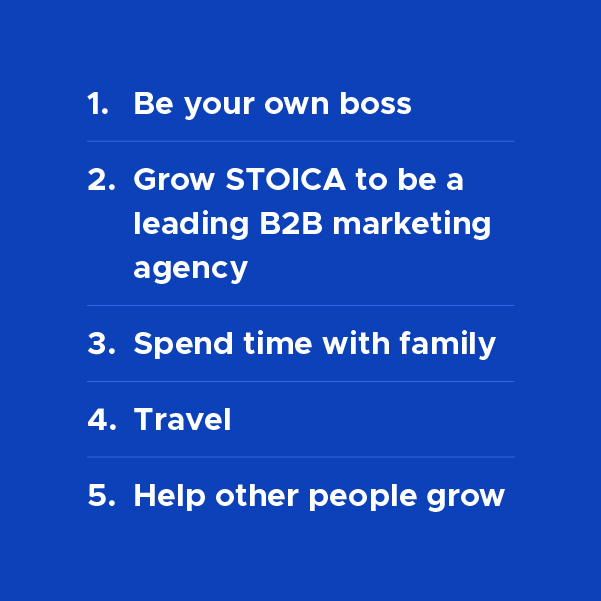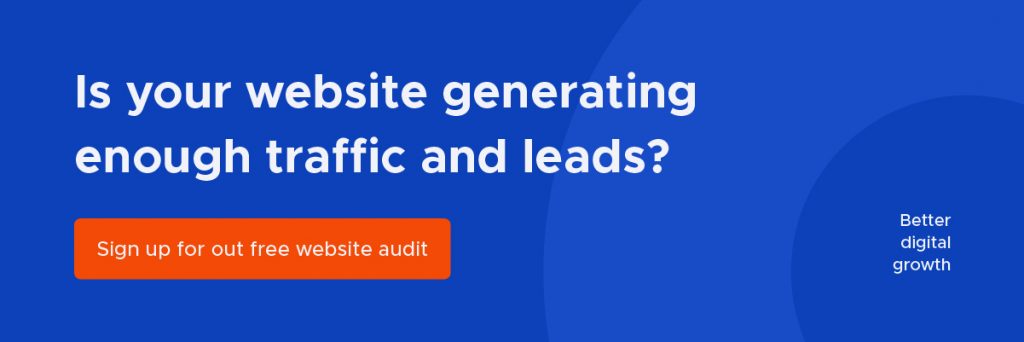10 awesome stuff I learned during Pipeline Generation Bootcamp 2020
I am amazed at the effort and dedication people at HubSpot put into ensuring their partners are equipped to deliver a great service. Anything from education on inbound, the HubSpot software, successful onboarding users into the platform, to learning how to prospect and sell better, HubSpot has it covered.
I recently had the chance of going through the Pipeline Generation Bootcamp experience and I am grateful for the opportunity. The 8-week long program is designed to help partner agencies improve their skills of prospecting and it’s led by the amazing Dan Tyre, the only person I know that can wake up at 5 AM to give a lecture and have the biggest energy in the “room”.
Here is what I learned.
1. It’s always about helping
Much like the inbound methodology, prospecting is based on helping and providing value. Before reaching out to a prospect, find out who they are, research their organization and industry, try to identify what challenges they might face and what their company communicates about. It’s 2020, people expect you to do your research and know who they are and call in prepared.
2. Operate with empathy
Because we are navigating such unexpected times, you never know who might be working while caring for an ailing family member or taking care of young children. So take the time to check on how people are doing first and don’t jump to conclusions when someone won’t pick up their phone even when they promised they would.
3. Stand up and smile
Speaking to complete strangers for the first time is frightening, you know very little about their personality and how they react to spontaneous phone calls. Your amygdala or lizard brain is activated and it’s telling you to run! Standing up and walking around will activate your rational brain, enabling you to stay calm and have a human to human conversion. Some people even get on the treadmill while making phone calls, imagine that!

4. Pause, pause, pause
Have you ever received a phone call where the person calling you spoke without taking a breath? I would guess it was not the most pleasant experience to have. So one of the very first things I learned in the program was to say my name and then wait for the other person to respond. And I had to rehearse this a hundred times :). It’s an awkward pause that seems to last for ages, but it gives space for your interlocutor to think and take an active role in the conversation.
5. Know your strengths and the value you provide
Before reaching out to a prospect, make sure you are able to articulate the value you can provide and the work you delivered for similar companies. People will not care much about how many years of web development you have for example, but they will be interested to find out how you helped similar organizations grow their business. Throughout the program, I had to sit down and think about Stoica.co’ mission and the different ways we help our current customers.
6. Personalize your outreach
This goes hand in hand with always be helping. When reaching out to a new prospect, be ready to provide a few useful tips tailored to their business. In the context of what we do at Stoica, my approach is to navigate a new lead’s website as well as their LinkedIn and Facebook profiles and try to give tips on how they can improve their SEO or blogging, for example.
Personalized outreach is time-consuming and not very scalable. But it’s effective as it proves you are genuinely willing to help and invest in a potential relationship.
7. There is no script anymore
When you take time to learn about the company you want to approach and the person you will contact, as well as find useful ideas to share, there is no need for a script. Having some key talking points instead will help keep the discussion on point. I found this to be a relief and doing my research and having some talking points allows me to focus on having a real conversation.
8. Video email is the next big thing
Because lots of people work from home these days, it’s becoming harder to reach them on the phone. So one solution to making your outreach more personal is sending a video embedded into an email, rather than sending a plain text message. At first, recording myself speaking to prospects and sending those videos felt very strange, to say the least. But as I kept going and passed the 30 video emails mark, it become more natural and easy.

9. Automate your work
Successfully connecting with prospects is directly related to the number of follows-ups. The more you follow up, the more chances of booking meetings you have (most connect meetings take up to 6 calls and most salespeople stop at 1 or 2 calls). But keeping track of all those conversations and remembering to follow up on time is a hassle if you don’t have a tool to automate your work. What works for me now is to use the email sequences in HubSpot and set up tasks reminders. This way I don’t need to remember to call back or send a follow-up email as the system will do it for me:)
10. Consistency is key
Much like working out, the secret to seeing results with prospecting is being consistent. If you want to connect with more leads and open more conversations, you need to have a process in place and follow through. One of the best ways to stay consistent is to block time in your calendar. This was actually one of the firsts tasks we had to complete during week 1 of the program, and I now have one hour blocked every day for researching potential leads and connecting with them.
Some of these learning might sound very logical and intuitive. But I had a lot of “aha” moments during the program and I realised how much I was caught in my routine that I ignored basic things such as pausing, listening actively and being consistent. I feel that my prospecting skills have definitely improved and that I have a community that I can lean on whenever I get stuck and need some guidance.





